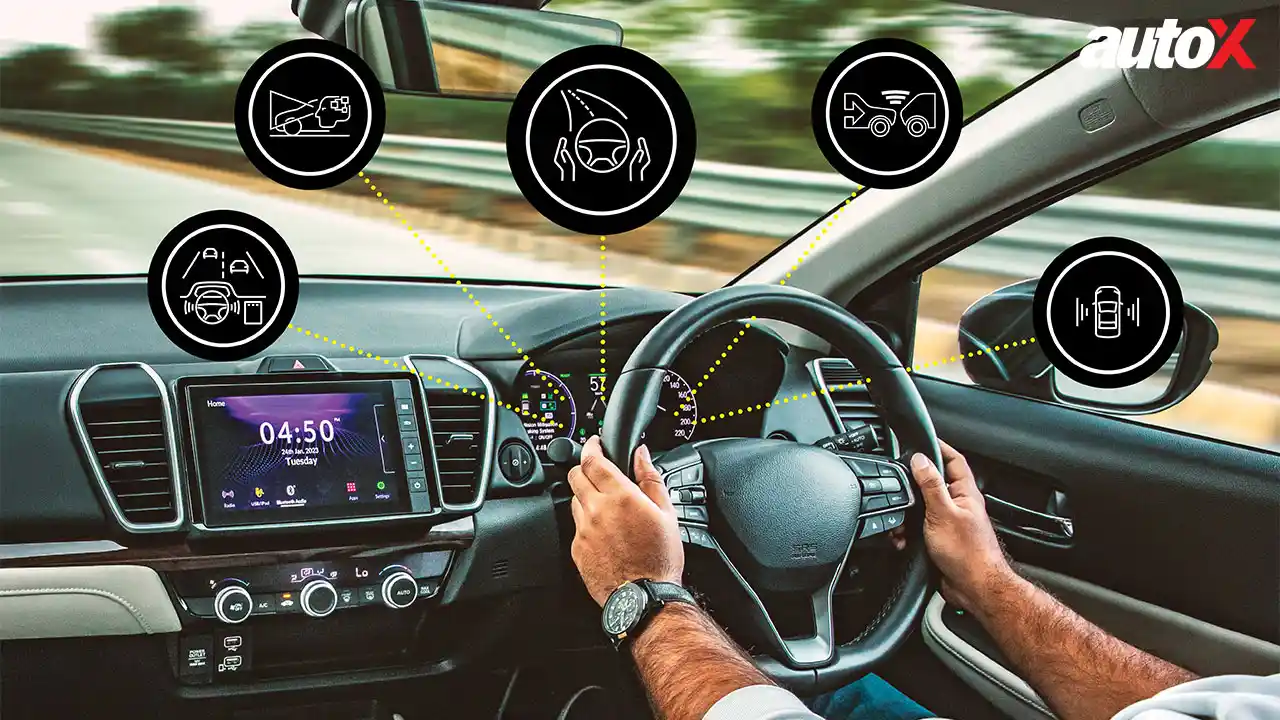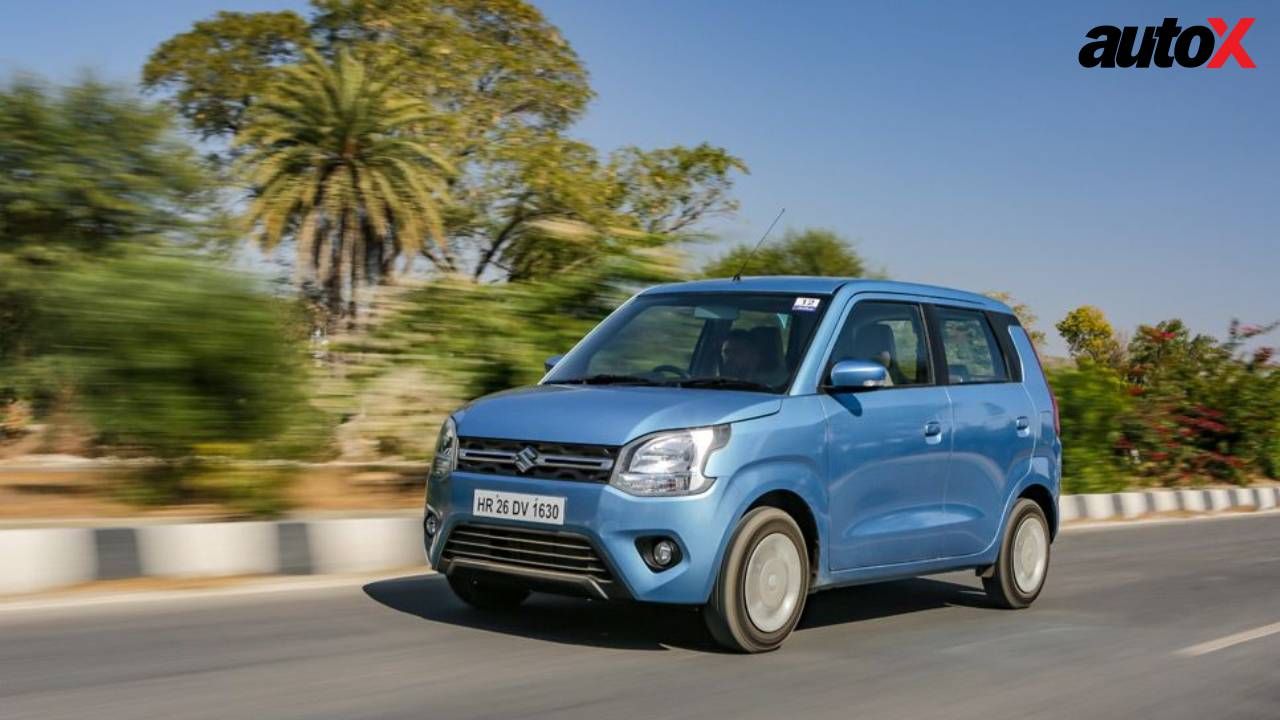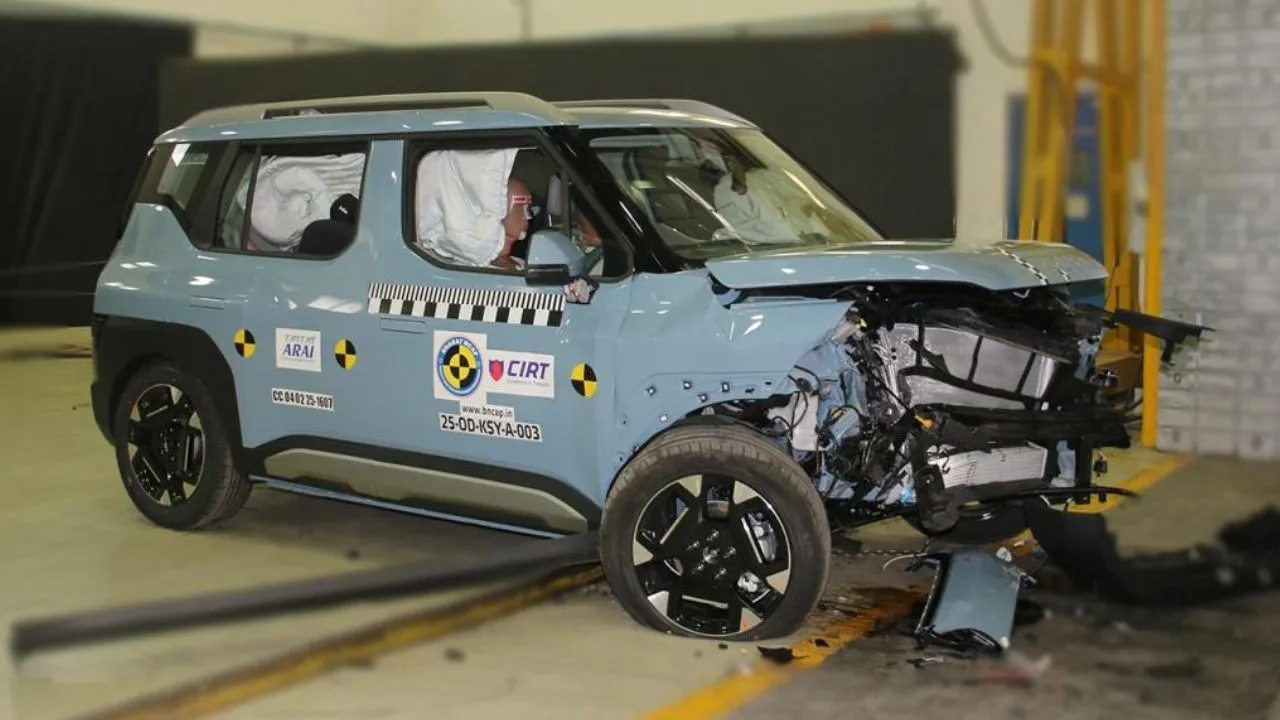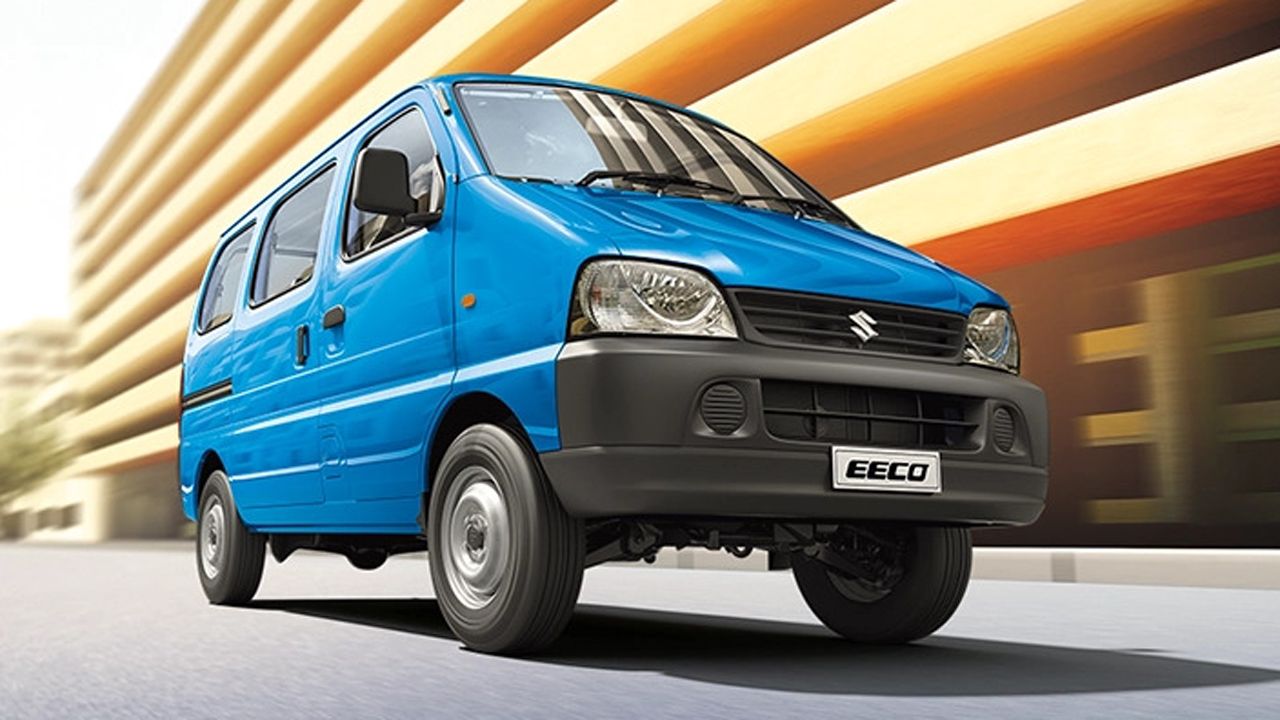BlackBerry's QNX Hypervisor 2.0 takes on car hackers
Safety and security are two important factors for next-generation connected cars and autonomous vehicles and BlackBerry is very serious in addressing both these issues. Therefore, they have launched QNX Hypervisor 2.0, which basically separates safety-critical features from the non-critical ones.
By autoX Editorial

Safety and security are two important factors for next-generation connected cars and autonomous vehicles and BlackBerry is very serious in addressing both these issues. Therefore, they have launched QNX Hypervisor 2.0, which basically separates safety-critical features from non-critical ones. This makes sure that no critical systems are put at risk.
The Type 1 Hypervisor is based on QNX SDP 7.0, BlackBerry’s most advanced and secure 64-bit embedded operating system, which creates virtual software containers so that a breach in a single domain can be quarantined without affecting or corrupting the other critical systems of the car.
So how does this actually work? We'll try and keep it simple. If the car is equipped with a virtual cockpit, traditionally it will use a single System on a Chip (SoC) to run both an infotainment system and the digital instrument cluster, which includes the speedometer, odometer and fuel indicator. The digital instrument cluster interfaces with critical driving systems, therefore, both need to be safety certified and be ironclad. But in the case of the QNX Hypervisor 2.0, these two systems are kept isolated from each other, so that if the infotainment system were to crash, it would not take the safety-critical systems down with it.
“There is no safety without security,” said John Wall, senior vice president and head of BlackBerry QNX. “If hackers can access a car through a non-critical ECU system, they can tamper or take over safety-critical areas, such as the steering system, brakes or engine. BlackBerry’s QNX Hypervisor 2.0 safeguards against these types of attacks and is a key component of our multi-level approach to securing connected and autonomous vehicles.”
BlackBerry also announced that Qualcomm Technologies has adopted QNX Hypervisor 2.0 as part of certain digital cockpit solutions. Combining BlackBerry’s hypervisor with the high-performance compute and connectivity capabilities of the Qualcomm Snapdragon 820Am automotive platform can support automakers to integrate the infotainment system and instrument cluster using the same SoC.
“The QNX Hypervisor 2.0 will assist automakers in taking greater advantage of the power of our Snapdragon automotive platform,” said Nakul Duggal, vice president, product management, automotive, Qualcomm Technologies, Inc. “The ability to run concurrent operating systems on top of the QNX Hypervisor on the Snapdragon 820Am automotive platform will help automakers to reduce hardware complexity and cost in their vehicles, while still delivering the responsive and rich user experiences that consumers demand today in their vehicles.”





